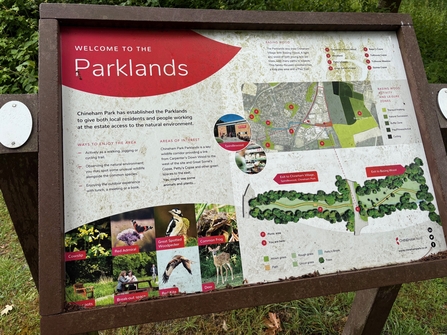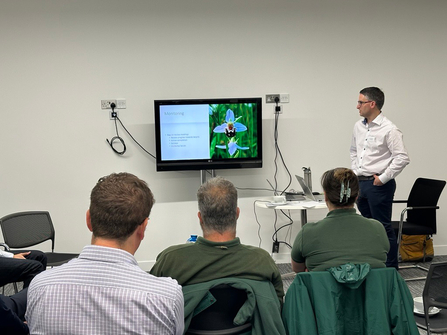Car parks aren’t usually where you’d expect to find some of Britain’s rarest orchids. However, look carefully in the verdant verges of Chineham Park in Basingstoke, our hosts for Club BB 2025, and you’ll find sun-loving lizard orchids (fun fact: they smell distinctly of goats!) and pretty pyramidal orchids, whose densely packed flower spike holds up to 100 flowers.
It just goes to show, if we make space for nature it will thrive – even where you wouldn't expect it to.



